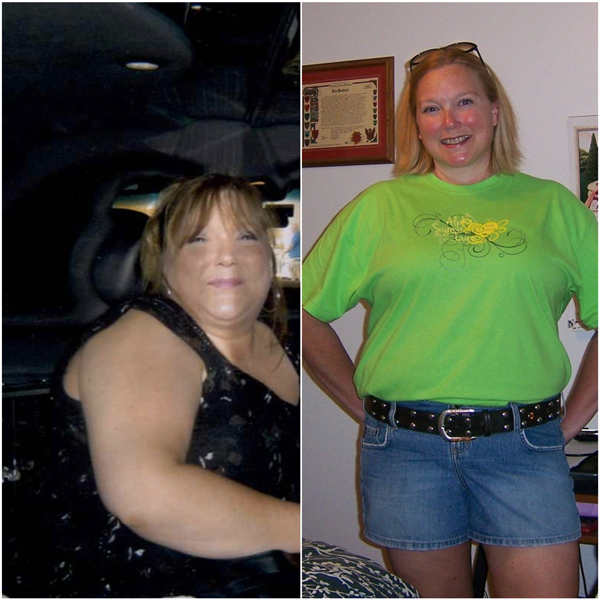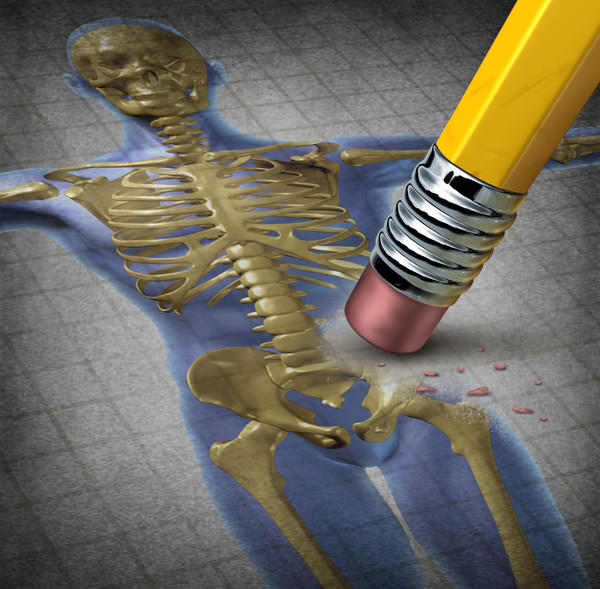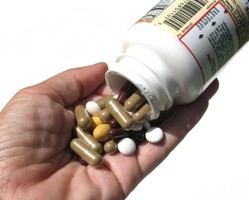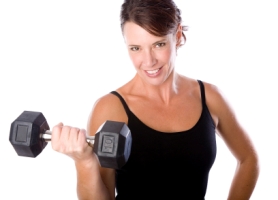You might be able to relate to Angela Van Buskirk’s early years. She describes her fitness regimen as one full of excuses, stating she always had a reason why she couldn’t participate in gym class, or explaining how she found ways to weave her way into the back of the line to avoid any physical activity. Angela even recalls being the reason the whole class had to do an extra lap, simply because she wouldn’t “go!” when the teacher called out the command. This was the theme of her active life for many years. But a tragic turn of events would change all of that, leave her with one leg, and four marathon finisher medals.

After doing nothing more than bowling as exercise, Angela found herself a 5’6” woman weighing in at 272 pounds by the year 2000. This number stirred her to a first step toward fitness. She hired a trainer and lost a lot of weight, using the elliptical and treadmill for cardio. The activity and weight loss made her feel incredible.
With the success of winning the battle of her weight fresh, Angela’s life took a tremendous turn when she and her family were involved in a terrible car accident in the summer of 2001. Her entire family was rushed to the hospital, her husband was airlifted in fact. They all suffered pretty awful injuries, but remarkably Angela refers to this tragedy as a turning point in her life.
Angela’s injuries required x-rays that revealed what the doctors said were, “some sort of lesion.” Upon further testing, it was discovered that Angela’s entire left femur was filled with an aggressive desmoplastic fibroma. Her entire left femur had been eaten by the “lesion” and was extending into her hip. Amazingly, this aggressive force was benign and Angela found a doctor who was able to save her leg, replacing the bone with a rod. While the car accident was horrible, Angela calls it a good thing.
“I had no idea what was in [my leg], or that it was even in there, and I had no idea how that set of x-rays would change my life and how something so horrible would turn into the best thing that ever happened to me,” she recalls. (more…)



 Camilla Parker Bowles, the Duchess of Cornwall, is championing a new cause these days: Her concern for
Camilla Parker Bowles, the Duchess of Cornwall, is championing a new cause these days: Her concern for 






